What is a concussion? A concussion is a type of traumatic brain injury (TBI), meaning an injury to the head …
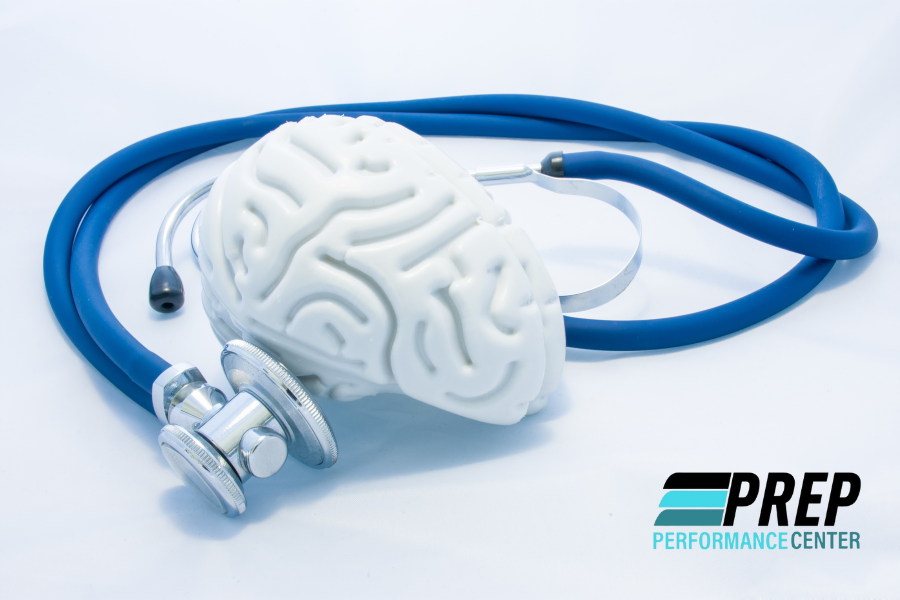

What is a concussion? A concussion is a type of traumatic brain injury (TBI), meaning an injury to the head …
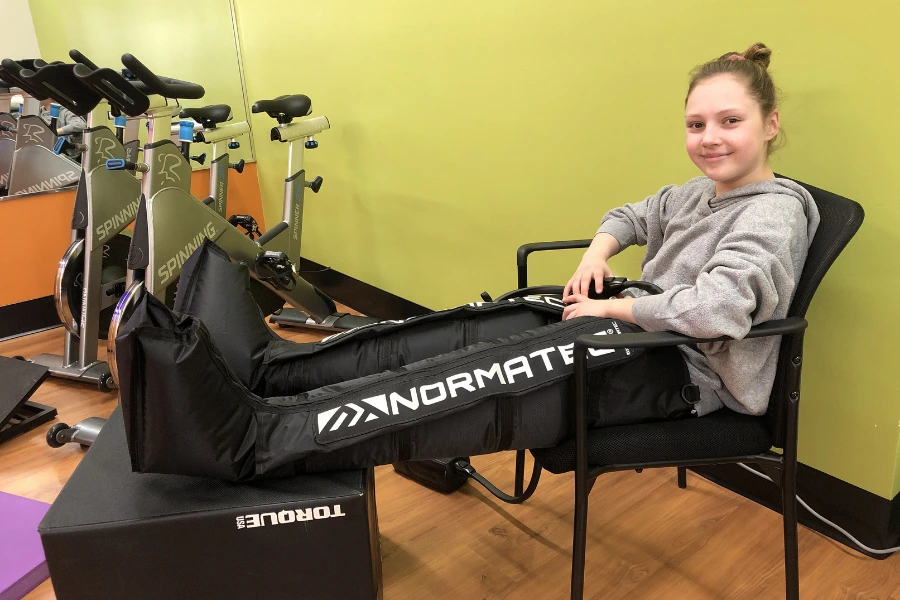
Helps speed recovery and improve outcomes when used within a rehab protocol. It uses dynamic compression, which has been shown to be a highly effective modality for sports recovery.

Our programs promote healthy mental, emotional, and physical wellbeing, both inside and outside of the workplace.

Often referred to as myofascial release or pressure point massage, involves the application of gentle yet firm pressure to specific areas along the body, known as pressure or trigger points.
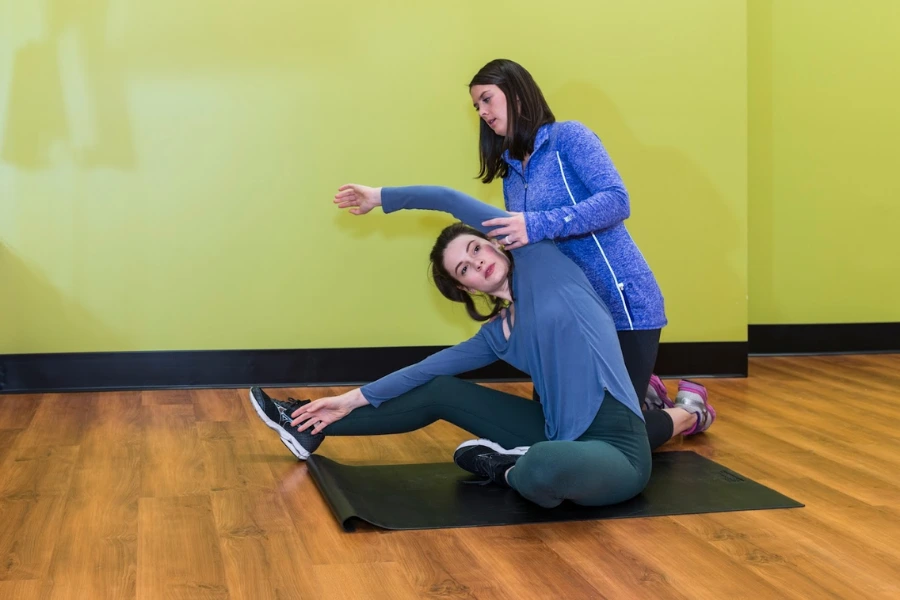
Physical therapy goes beyond post-surgical care restoring strength, endurance, flexibility and stability to people who have been injured, are in pain, or have experienced an illness.
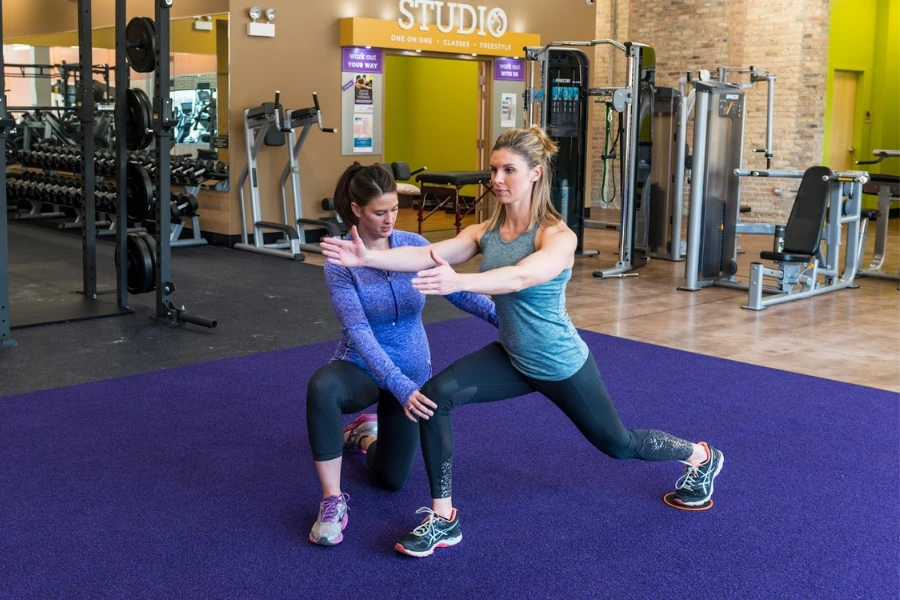
A joint needs to have full motion to be fully functional. If the joint does have full range of motion, weakness and functional limitations will develop over time.
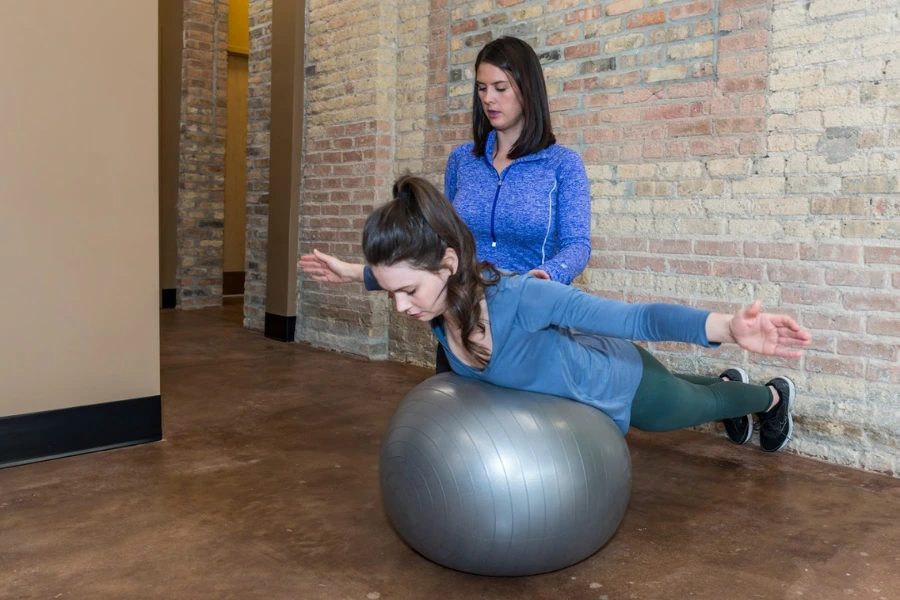
Is a form of manual therapy in which muscles own energy is used to induce relaxation and promote pain relief. This technique is especially useful when the cause of pain and stiffness are muscles.
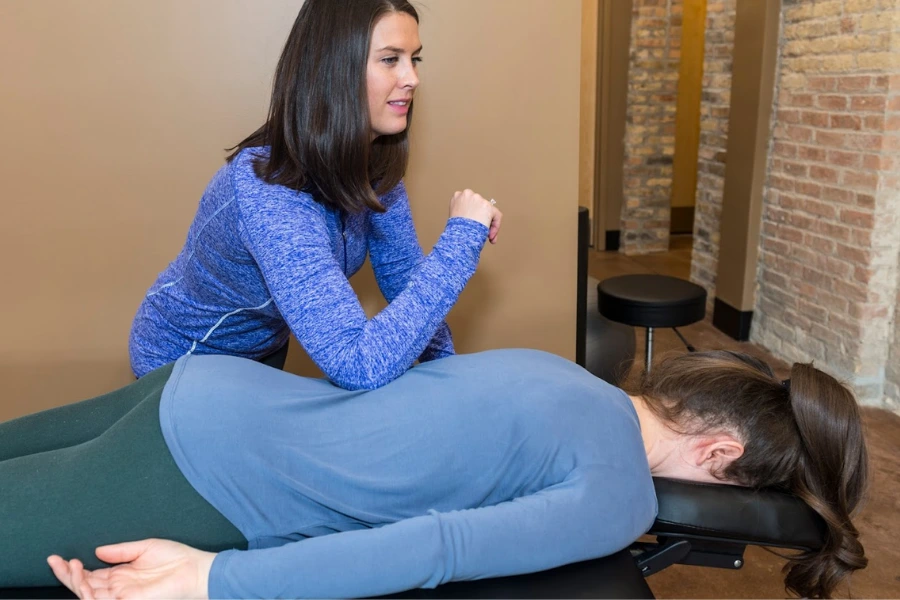
Recover from a wide range of conditions, including fibromyalgia, back and neck pain, arthritis, migraines, diabetic nerve pain, sports and auto-accident related injuries, and even psychological disorders.
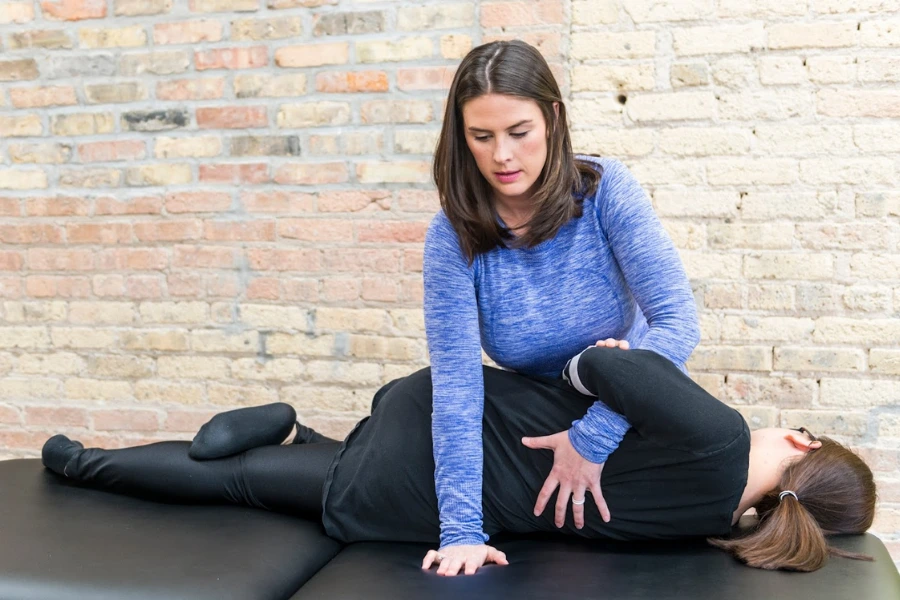
To increase range of motion, reduce swelling, mobilize joints or soft tissue, and decrease swelling and restriction, a physical therapist will massage, manipulate, and stretch different areas of the body.
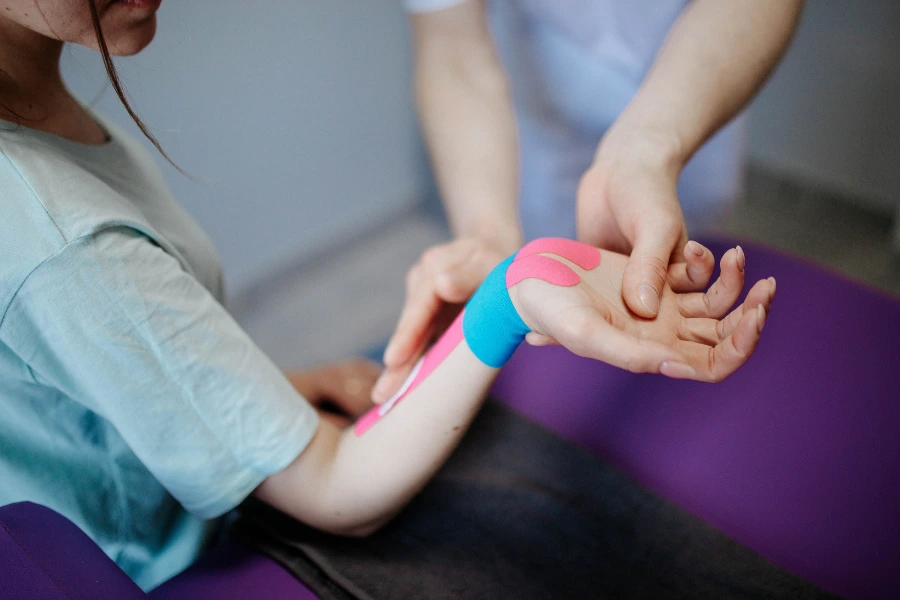
Specialized to react to body heat, providing added support by staying firm and in-place all day. While traditional bandages have long been used to provide additional support during injury recovery, kinesio tape is the first of its kind.
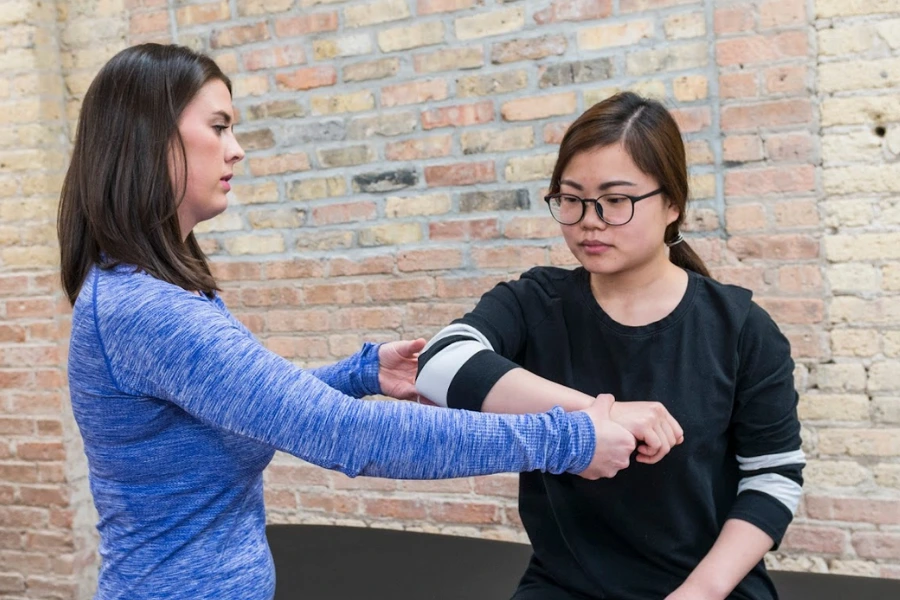
Sometimes, a joint can become irritated, swollen, or misaligned as a result of injury, stress, poor posture, repetitive movement, or even as a result of age-related wear and tear.